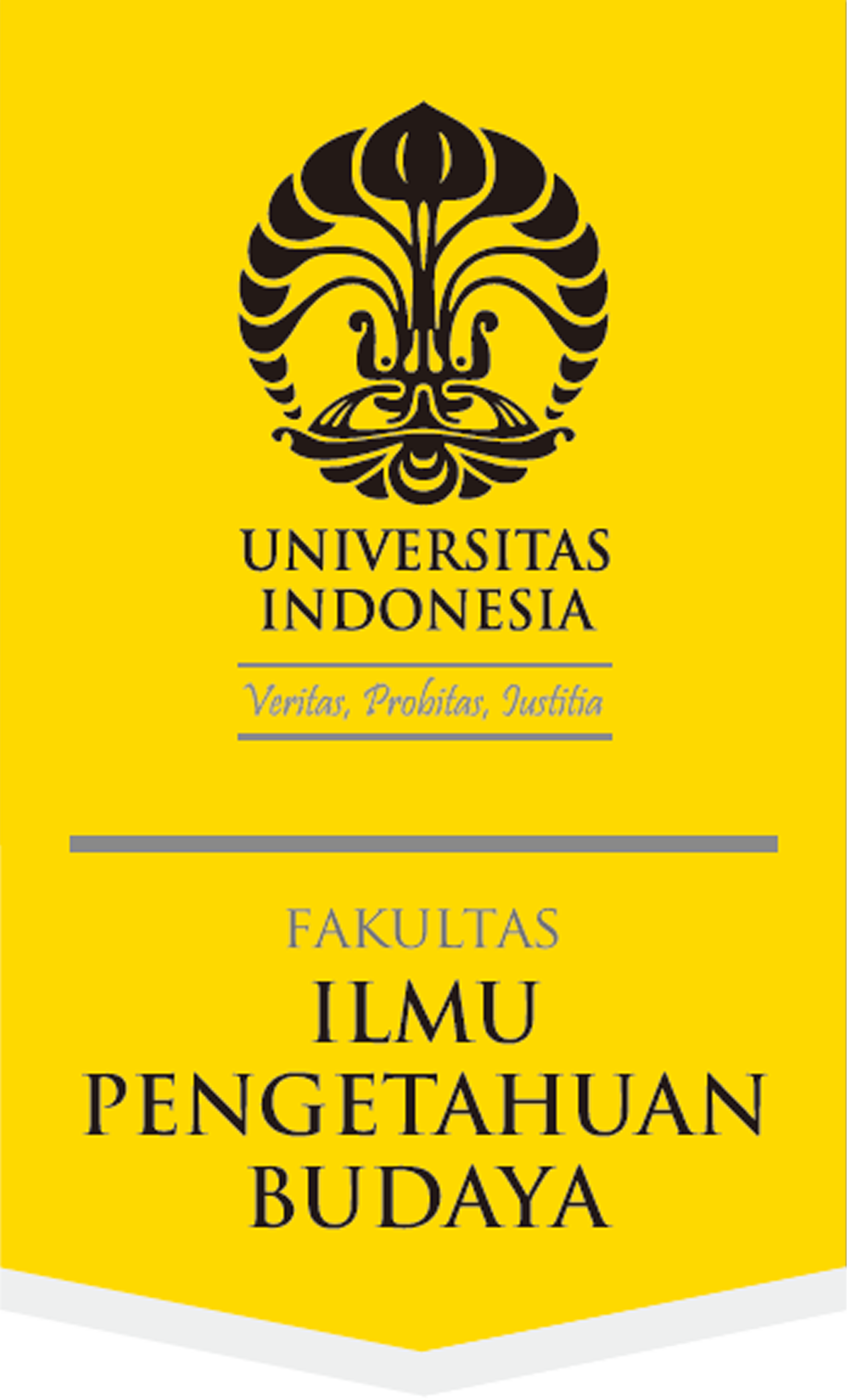Abstract
This paper presents Palu'e storytelling on the basis of the on-going work with the Palu'e audio collection, created in the context of language/oral traditions documentation. The main aim is to show that the collection is a research resource for the humanities by discussing and comparing items which are referenced and accessible in the Kaipuleohone Ethnographic Archive. While the contents of the collection are showcased for this specific presentation, the intention is directed towards the body of digital humanities collections. The problems of what genres should be included, definitions, method of analysis, are discussed and put to the test. Recordings initially focused on oral literature, but expanded to include personal narratives with content related to culture and tradition. The cross-referencing between genres and items demonstrates the benefits of a comparative methodology, and suggests ways of using the collection.
References
Archival sources
ANRI Timor. [n.d.]. K. 43. Arsip Nasional Republik Indonesia (ANRI, The National Archives of the Republic of Indonesia), Jakarta.
Danerek, Stefan. 2016 – . Stefan Danerek Palu’e audio collection. Kaipuleohone, the digital language archive of the University of Hawai‘i, Honolulu. [Https://scholarspace. manoa.hawaii.edu/handle/10125/38830, accessed 12-10-2017.]
Publications
Arka, I. Wayan (ed.). 2011. A Rongga-English Dictionary with English-Rongga Finderlist. Jakarta: Penerbit Universitas Atma Jaya.
Baird, Louise and Philipus Tule. 2003. Cerita rakyat Keo. Ende: Nusa Indah.
Bakhtin, Mikhail M. 1981. The dialogic imagination; Four essays. Translated by Caryl Emerson and Michael Holquist. Austin, TX: University of Texas Press.
Ben-Amos, D. 1971. “Toward a definition of folklore in context”, The Journal of American Folklore (84) 331: 3-15. [Retrieved from: DOI: 10.2307/539729, accessed on 16-01-2017.]
Bubandt, Nils. 2016. “When in doubt. . .? A reply”, HAU: Journal of Ethnographic Theory 6(1): 519–530. [Response to Hau Symposium on Bubandt, Nils. 2014. The empty seashell: Witchcraft and doubt on an Indonesian island. Ithaca, NY: Cornell University Press.]
Danandjaja, James. 2010a. “Pendekatan folklor dalam penelitian bahan-bahan tradisi lisan”, in: Pudentia MPSS (ed.), Metodologi kajian tradisi lisan, pp. 57-69. Jakarta: Asosiasi Tradisi Lisan (ATL).
Danandjaja, James. 2010b. “Folklor dan pembangunan Kalimantan Tengah; Merekonstruksi nilai budaya orang Dayak Ngaju dan Ot Danum melalui cerita rakyat mereka”, in: Pudentia MPSS (ed.), Metodologi kajian tradisi lisan, pp. 71-84. Jakarta: Asosiasi Tradisi Lisan (ATL).
Danerek, Stefan. 2016. “Construction sacrifice in eastern Indonesia”, Indonesia and the Malay World (45)131: 88-107. [Online version retrieved from: http://dx.doi.org/10.1080 /13639811.2017.1247547, accessed on 22-09- 2017. Print 2017.]
Dolby-Stahl, Sandra. 1989. Literary folkloristics and the personal narrative. Bloomington, IN: Indiana University Press.
Fox, J.J. 1998. “The linguistic context of Florenese culture”, Antropologi Indonesia 56: 1-11.
Fox, J.J. 2014. Explorations in semantic parallelism. Canberra: ANU Press.
Gippert, J., N.P. Himmelman, and U. Mosel (eds). 2006. Essentials of language documentation. Berlin: Mouton de Gruyter. [Trends in Linguistics: Studies and Monographs, 178.]
Haring, Lee. 2013. How to read a folktale; The “Ibonia” epic from Madagascar. Cambridge: Open Book Publishers. [Online version retrieved from: http:// books.openedition.org/obp/1356 accessed on 14-10-2017.]
Himmelmann, N.P. 1998. “Documentary and descriptive linguistics”, Linguistics 36: 161-195.
Himmelmann, Nikolaus P. 2006. “Language documentation; What is it and what is it good for?” in: Jost Gippert, Nikolaus P. Himmelmann, and Ulrike Mosel (eds), Essentials of language documentation, pp. 1-30. Berlin: Mouton de Gruyter.
Honko, Lauri. 1964. “Memorates and the study of folk beliefs”, Journal of the Folklore Institute 1 (1/2): 5-19. [Retrieved from: DOI: 10.2307/3814027, accessed on 11-01-2017.]
Klein, Barbro. 2006. “Telling, doing, experiencing; Folkloristic perspectives on narrative analysis; Introduction”, in: Annikki Kaivola-Bregenhøj, Barbro Klein, and Ulf Palmenfelt (eds), Narrating, doing, experiencing; Nordic folkloristic perspectives, pp. 6–28. Helsinki: Finnish Literature Society. [Studia Fennica Folkloristica 16.]
Lewis, M. Paul, Gary F. Simons, and Charles D. Fennig (eds). 2017. Ethnologue; Languages of the World: Twentieth edition. Dallas, TX: SIL International. [Retrieved from: http://www.ethnologue.com, accessed on 14-10-2017].
Maffi, Luisa. 2014. “Documenting and revitalizing oral traditions”, in: Biocultural diversity toolkit, Vol. 4: 4-6. [Terralingua.org; Received in E-mail.]
Oxford English Dictionary. 2017. Oxford: Oxford University Press. [Https:// en. oxforddictionaries.com, accessed on 17-03-2017.]
Pudentia MPSS (ed.). 2015. Tradisi lisan Nusantara dan warisan budaya. Jakarta: Asosiasi Tradisi Lisan and Direktorat Kepercayaan Terhadap Tuhan Yang Maha Esa dan Tradisi, Kementerian Pendidikan dan Kebudayaan. [Modul seri terbitan materi pelatihan pelestari tradisi tingkat dasar.]
Vischer, Michael. P. 1992. Children of the black patola stone; Origin structures in a domain on Palu’é island (Eastern Indonesia). Phd thesis, Australian National University. [Retrieved from: https://digitalcollections.anu.edu. au/handle/1885/9986, accessed on 14-10- 2017.]
Vischer, Michael. 1993. “Palu’e”, in: P. Hockings (ed.), Encyclopedia of World Cultures, Vol. V, East and Southeast Asia, pp. 204-209. New York: G.K. Hall and Company.
Vischer, Michael P. 2006. “Precedence among the domains of the Three Hearth Stones”, in: James J. Fox and Clifford Sather (eds), Origins, ancestry, and alliance; Explorations in Austronesian ethnography, pp. 179–201. Canberra: ANU E Press. [Online version retrieved from: http://press.anu.edu. au?p=63701, accessed on 14-10-2017.]
Von Sydow, Carl W. 1948. “On the spread of tradition”, in: C. W. von Sydow, Selected papers in folklore, pp. 11-43. Copenhagen: Rosenkilde and Bagger.
Tools
ELAN. 2017. Version 5.0.0-beta. Max Planck Institute for Psycholinguistics, The Language Archive, Nijmegen, The Netherlands. [Computer software released on 18 April 2017, retrieved from: http://tla.mpi.nl/tools/tlatools/elan, accessed on 14-10-2017.]
Toolbox/Buseman, Alan and Buseman, Karen. SIL (Summer Institute for Linguistics) International. [Retrieved from: http://www-01.sil.org/ computing/toolbox/ accessed on 29-12-2016.]
Recommended Citation
Danerek, Stefan
(2017)
"Documentation of Palu'e; Storytelling and folklore,"
Wacana, Journal of the Humanities of Indonesia: Vol. 18:
No.
3, Article 7.
DOI: 10.17510/wacana.v18i3.634
Available at:
https://scholarhub.ui.ac.id/wacana/vol18/iss3/7









